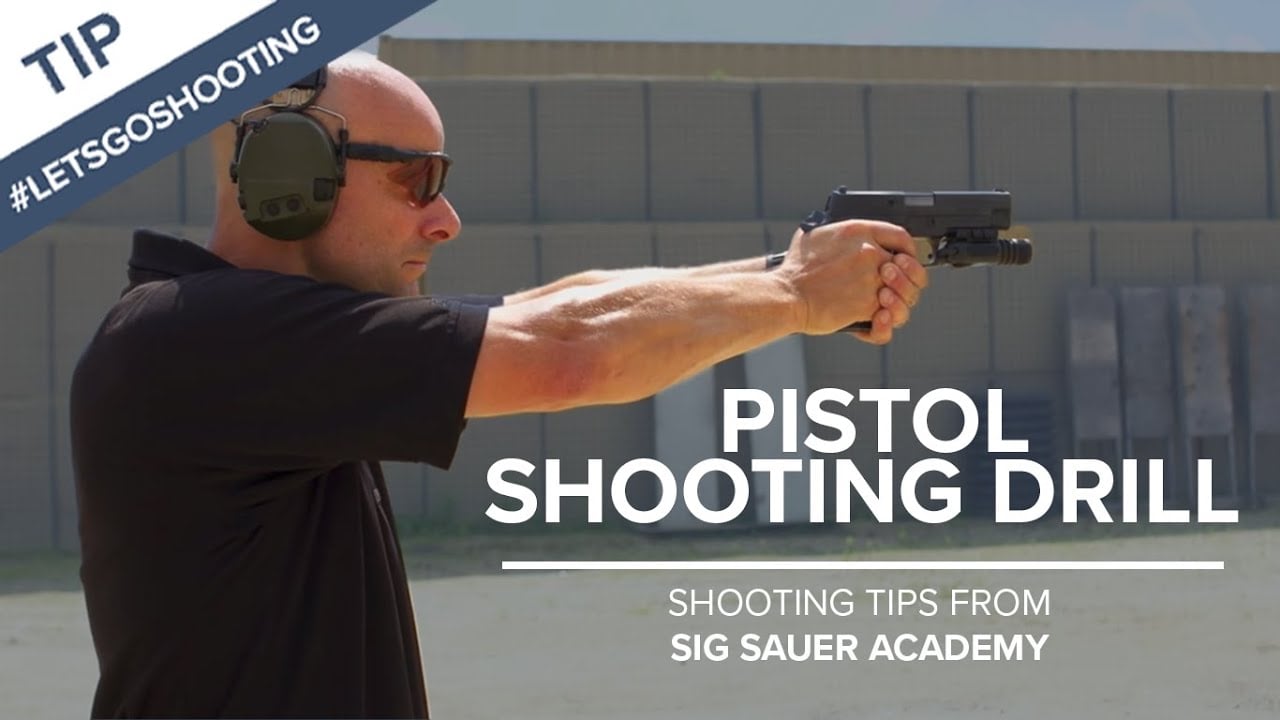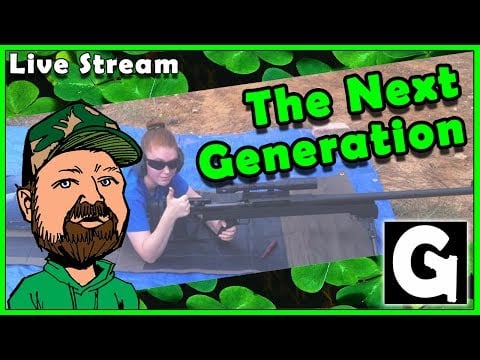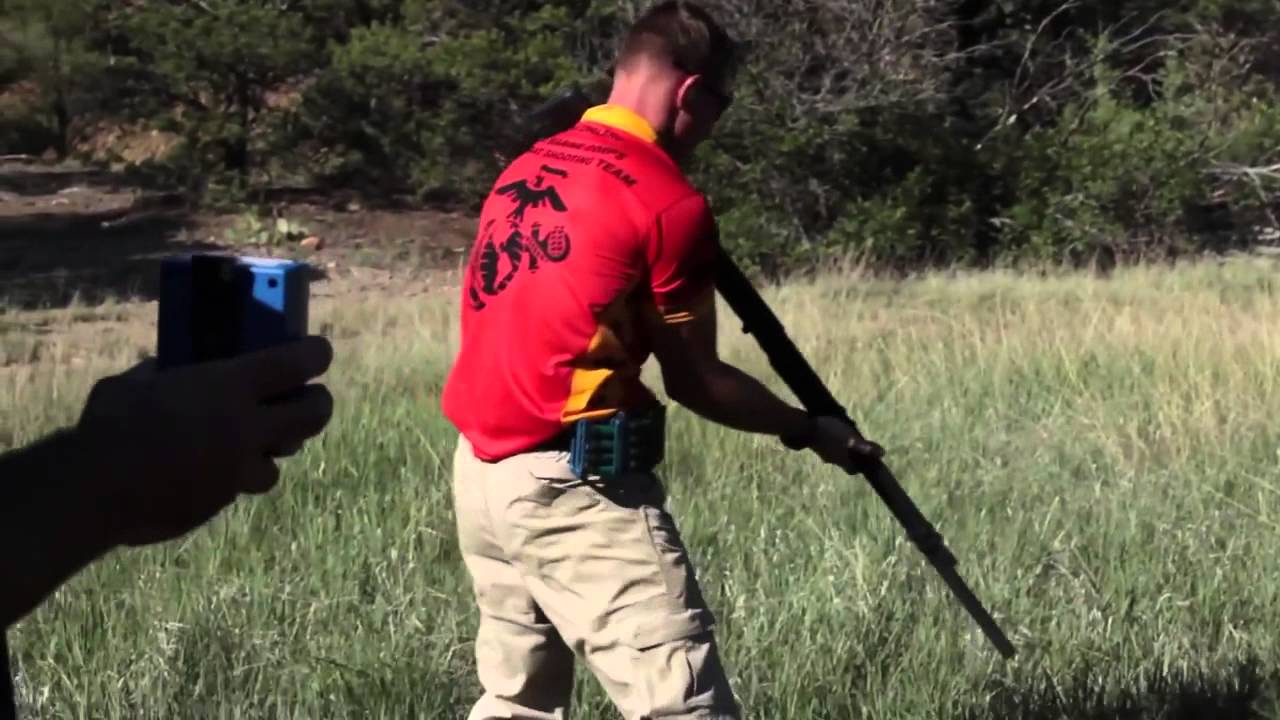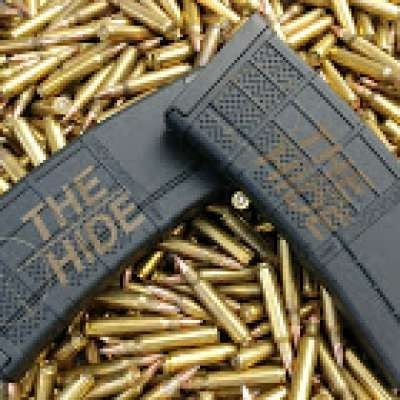Shooting Accuracy Vs. Precision.. Explained!
Just a quick video giving an over of the differences and meaning behind these two terms you hear talked about in the gun world quite a bit.
Use code THEHIDE to save 20% on:
https://www.swampfoxoptics.com/
Look us up on Patreon here:
https://www.patreon.com/TheHide
Check out our Teespring here:
https://teespring.com/stores/the-hide
Follow us on Facebook:
https://www.facebook.com/ThaHide/
Disclaimer: My videos are for entertainment purposes only, imitation or the use of any instruction shown in this video is done at your own risk. The Hide or any other party involved in the making of this video will not be held liable for any injury to yourself (or others) or damage to your firearms resulting from attempting anything shown in this video or any of my videos.
I was a Small Arms Test Director at Aberdeen Proving Ground and you have a nice presentation. In the testing business we tested for how well the system was designed. Kind of like putting your car on a dynamometer and running it up to different speeds and seeing how close the speedometer matched the speed that the dynamometer indicated.
For Accuracy we targeted the weapons for Point of Aim/Point of Impact to determine the accuracy. For instance on the M16A2 rifle we zeroed the rifles for the shortest range indicated on rear sight to achieve point of aim/point of impact . Once we established min range zero and the dispersion were together we shot 3 10 round groups per shooter from bench rest at the shortest range. Sights were not changed between shooters. Only NRA certified Master Class Shooters were utilized.
Lets say 200 meters was shortest range on the rear sight and we shot that series.
Next we moved back to 300 meters and conducted the same shot series. The rear sight elevation was changed to the factory designated point indicated to determine how well the sights were made.
We did this every 100 meters until we got back to 800 meters.
All shots were recorded and measured from point of aim to center of each bullet hole using a millimeter steel tape in four quadrants. We recorded the X and Y changes on a form and that data was put into a computer program which calculated the mathematical center of each 10 round group.
To make a long series short when we finished we knew how close the factory sight was to delivering shots to the point of aim at every meter line to 800 meters.
So if the sights were on the money we had shots with the mathematical centers of the dispersions.
We also conducted testing zeroing at 100 meters and going back to 800 meters and never touching the sights (changed elevation)and made the same measurements in the quadrant layout. We were able to conduct this because our target frame was 32 feet high and 32 feet wide and the whole surface was covered and the shot centers were measured with a millimeter steel tape. That range was 2500 yards long.























